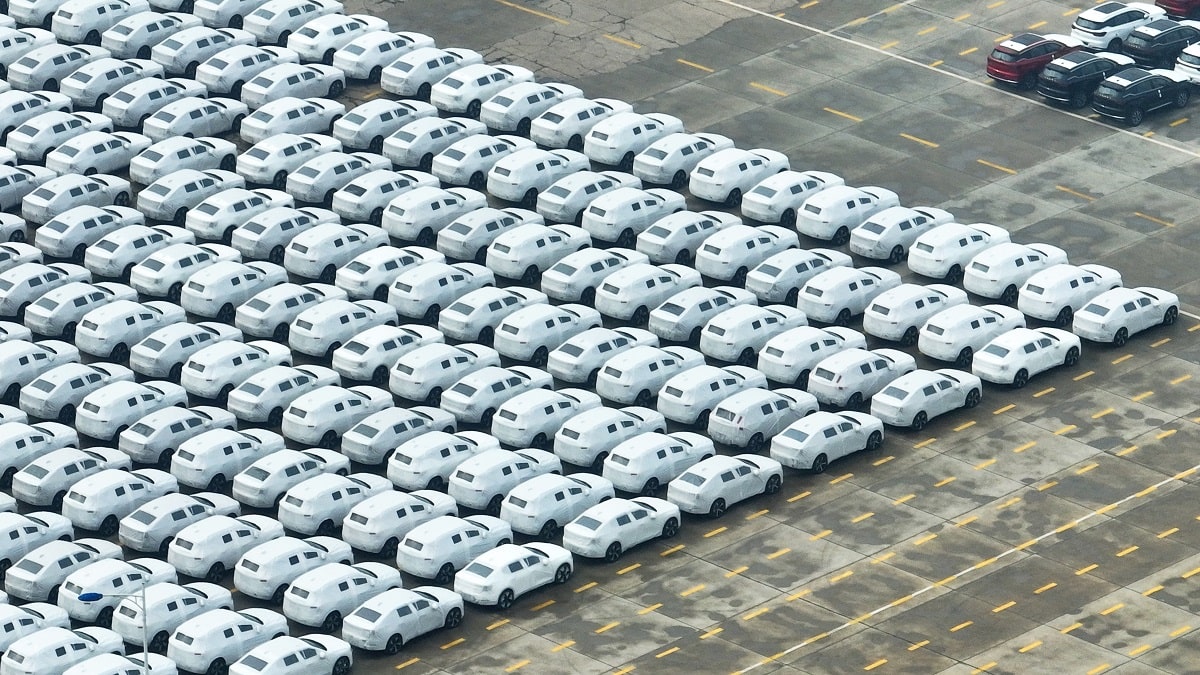China’s economy has had a tough time of late. The strict lockdowns associated with the earlier zero-Covid policy and Beijing’s subsequent messy reversal saw economic growth officially come in at just 3% for 2022. The reality was probably lower.
With the economy now reopening, expectations are building that China can stage a strong recovery. The International Monetary Fund (IMF) recently upgraded its growth forecast for China to 5.2% for 2023 (from 4.4% previously). With this, China is expected to return as a key driver of growth and demand in an otherwise slowing world economy.
A decent recovery for China in 2023 seems likely as consumers return, business activity normalises, and confidence improves, at least after the initial wave of mass Covid infections fully plays out (and assuming China does not see further large waves of infection).
Yet, beyond the likelihood of a reasonable initial bounce-back, China faces major downward pressures that seem likely to constrain its recovery, in both the short and medium term.
China’s housing market is likely to remain a significant source of weakness. Having earlier clamped down hard on excessive housing investment, Beijing is now reversing course with a variety of support measures. However, there are strict limits as to how far the latest policy shift can go, unless policymakers are willing to reignite an unsustainable housing boom that could generate even more dangerous financial risks than existed previously.
The key issue is that the end of China’s housing boom is structural – reflecting not only an overhang of supply and increasingly saturated demand but also rapidly slowing urban population growth.

To grasp the scale of adjustment involved, consider the following. In the 2010s, China’s urban population increased by roughly 20–22 million every year. Though accompanied by plenty of speculative activity, this provided the fundamental demand for additional homes. But over the next few years, the increase in urban residents is expected to be just 12–14 million a year, falling further to less than 10 million a year by 2030.
At its peak, housing investment accounted for 14% of GDP and broader activity related to real estate was thought to be at least 20%. To fully restore growth, China needs to find sizeable alternative sources of demand that can offset an oversized housing sector facing sharp structural decline.
Policymakers hope that higher household consumption and business investment can fill the void. But, aside from the short-term boost as China reopens and absent major new policy initiatives, these are more likely to reinforce rather than offset the demand gap left by the end of the housing boom.
Most household wealth in China is held in property, even more so than in other major economies. Weak house prices are therefore likely to weigh heavily on consumer spending and confidence going forward. So far, government policy measures to boost consumption have been too small in scale to make much difference.
Facing depressed demand, businesses are unlikely to dramatically lift their investment levels – even if government rhetoric towards the private sector has recently taken on a more favourable tone.
That leaves only two other sources of demand: exports and the government itself.
China’s exports have been remarkably strong during the pandemic. But China’s exports have begun to trend lower with the world entering an economic downturn. External demand is therefore unlikely to be a major source of growth going forward – and will more likely act as a drag instead.
The government’s go-to strategy for boosting domestic demand is infrastructure spending. But doing so falls to local governments, which are currently contending with weak land sale revenues (linked to the property sector’s woes) and high debt – in addition to the increasingly marginal economic benefits of further infrastructure investment. Meanwhile, existing policies point to a significant reduction in the government’s consolidated budget deficit – implying yet another drag on total demand.
Monetary policy is also limited in what it can do, given the central bank’s desire to contain debt risks and avoid excessive capital outflows and currency depreciation – though it will probably welcome a somewhat weaker currency as a way of supporting exports.
All in all, the latest IMF forecasts therefore seem about as optimistic as one can be. Even then, the finer details are, actually, not quite so optimistic.
In 2021, China was able to largely bounce back from the pandemic-induced downturn of 2020. This time, however, on the latest IMF projections, China’s economy by the end of 2023 would still be about 3% smaller than expected compared to just a year ago.
More important, while the IMF has upgraded its near-term China forecast, it has downgraded its medium-term expectations quite substantially. The IMF now sees China’s growth potential in 2025 and beyond as less than 4% a year, versus closer to 5% in previous forecast iterations, citing “declining business dynamism and slow progress on structural reforms”.
Almost a year ago, the Lowy Institute published its own detailed research, arguing China’s growth potential is likely to decelerate sharply. Updating that analysis, China’s growth prospects have weakened further. On the present outlook, following an initial post-Covid rebound, we expect China’s growth potential will be little more than 3% a year during the second half of this decade.
It’s not all bad economic news for China, though.
First, China’s slower projected growth path would still imply increases in GDP per person of about 3.5% a year. That might no longer be “East Asian miracle” territory. But it’s still a respectable rate of economic progress by most standards.
Second, China has many policy options available that could enable it to do significantly better. Faster dismantling of the hukou household registration system and a large increase in social spending and transfers would in particular help with generating the higher domestic demand that China currently needs for a stronger, more sustainable, and more inclusive recovery.
A product of the Lowy Institute Indo-Pacific Development Centre, with funding support from the Australian Department of Foreign Affairs and Trade.


